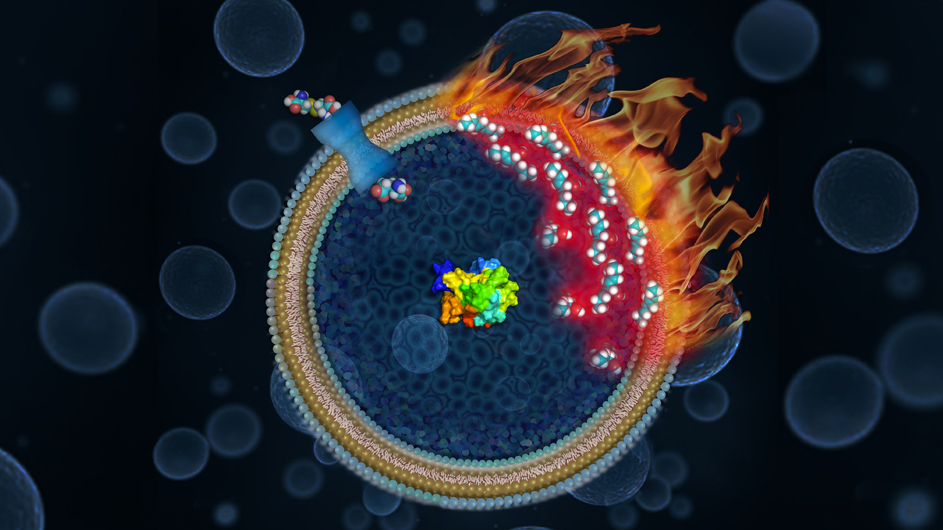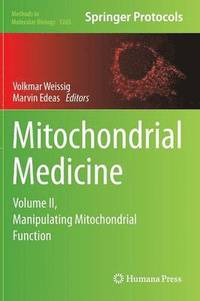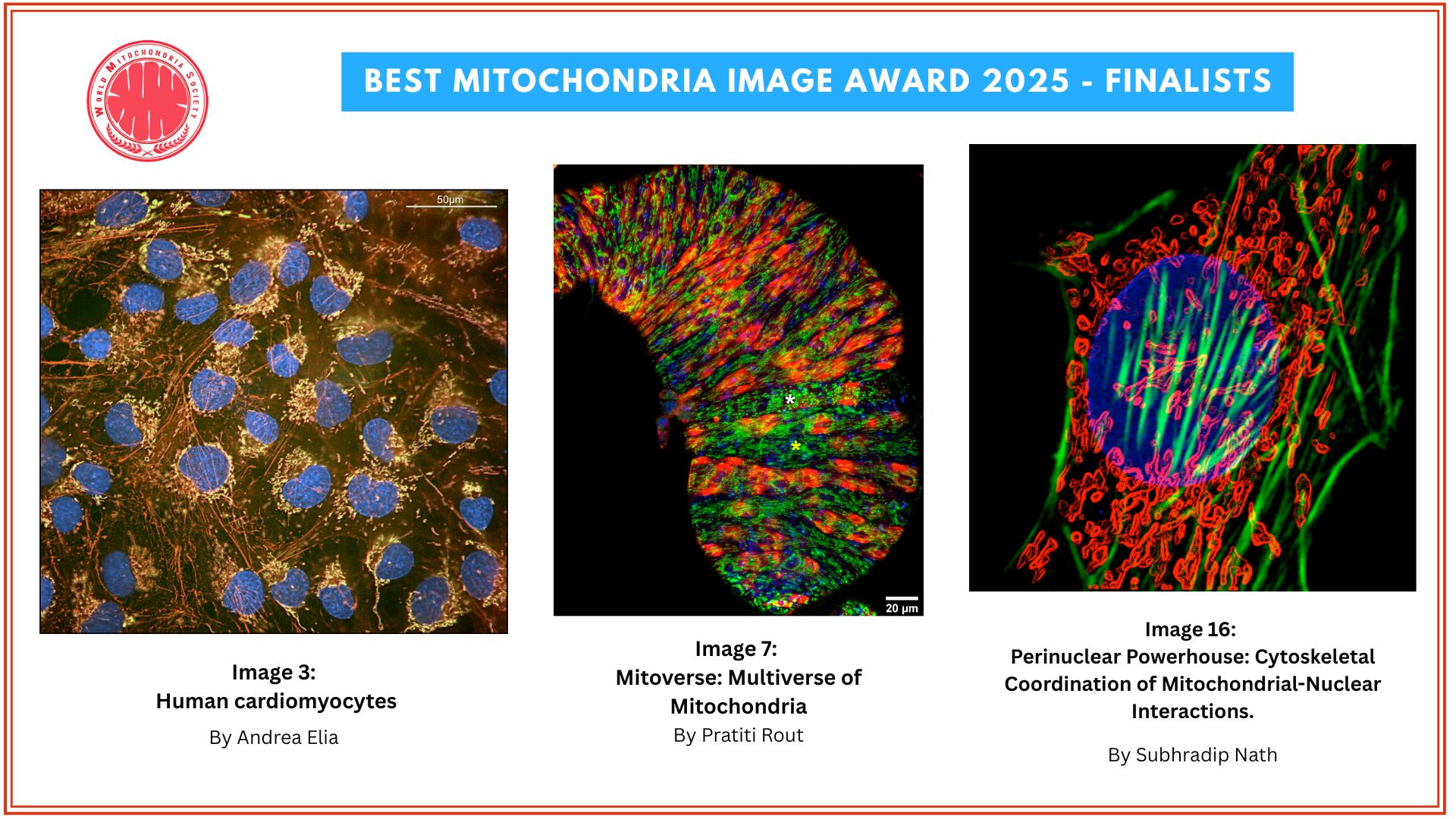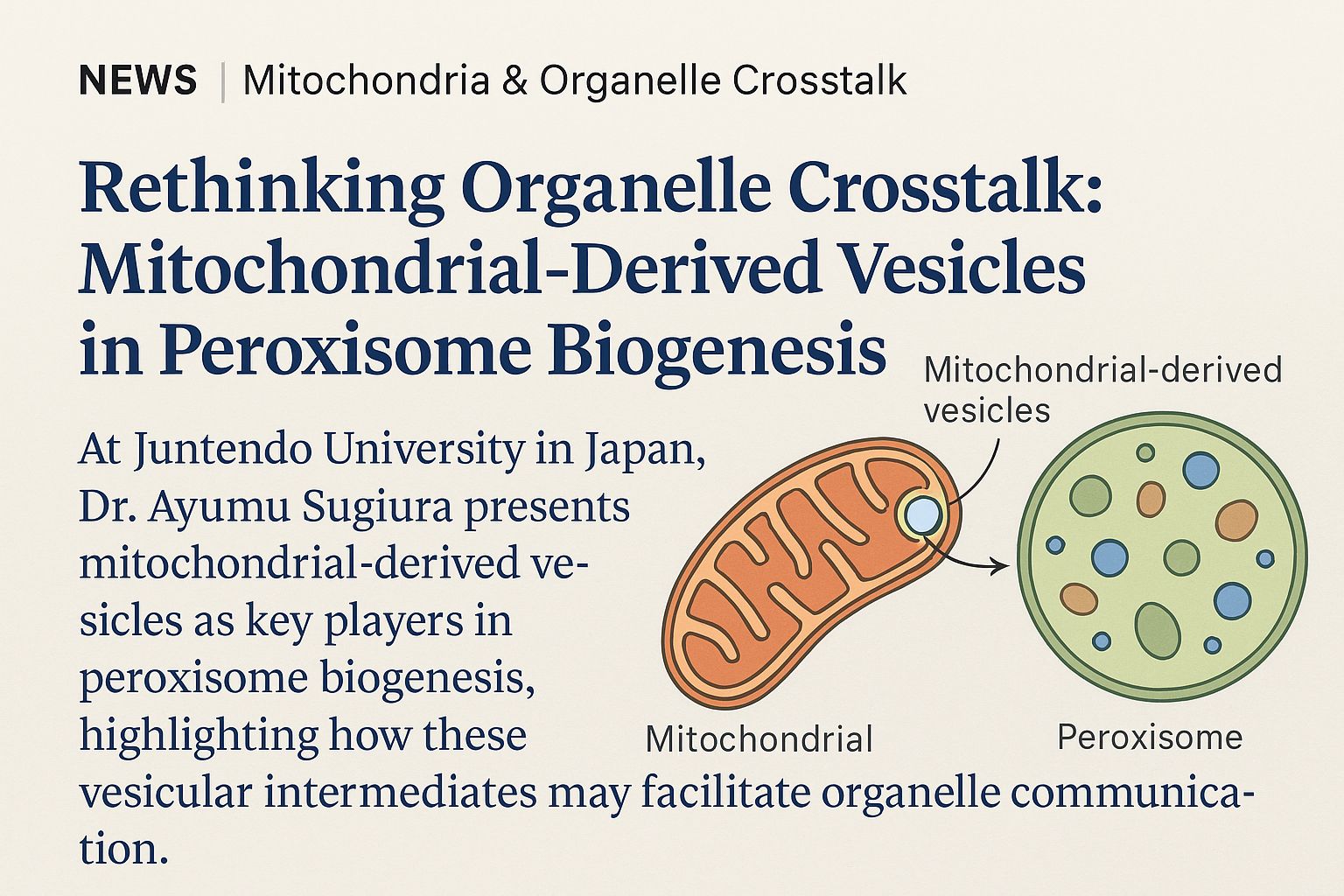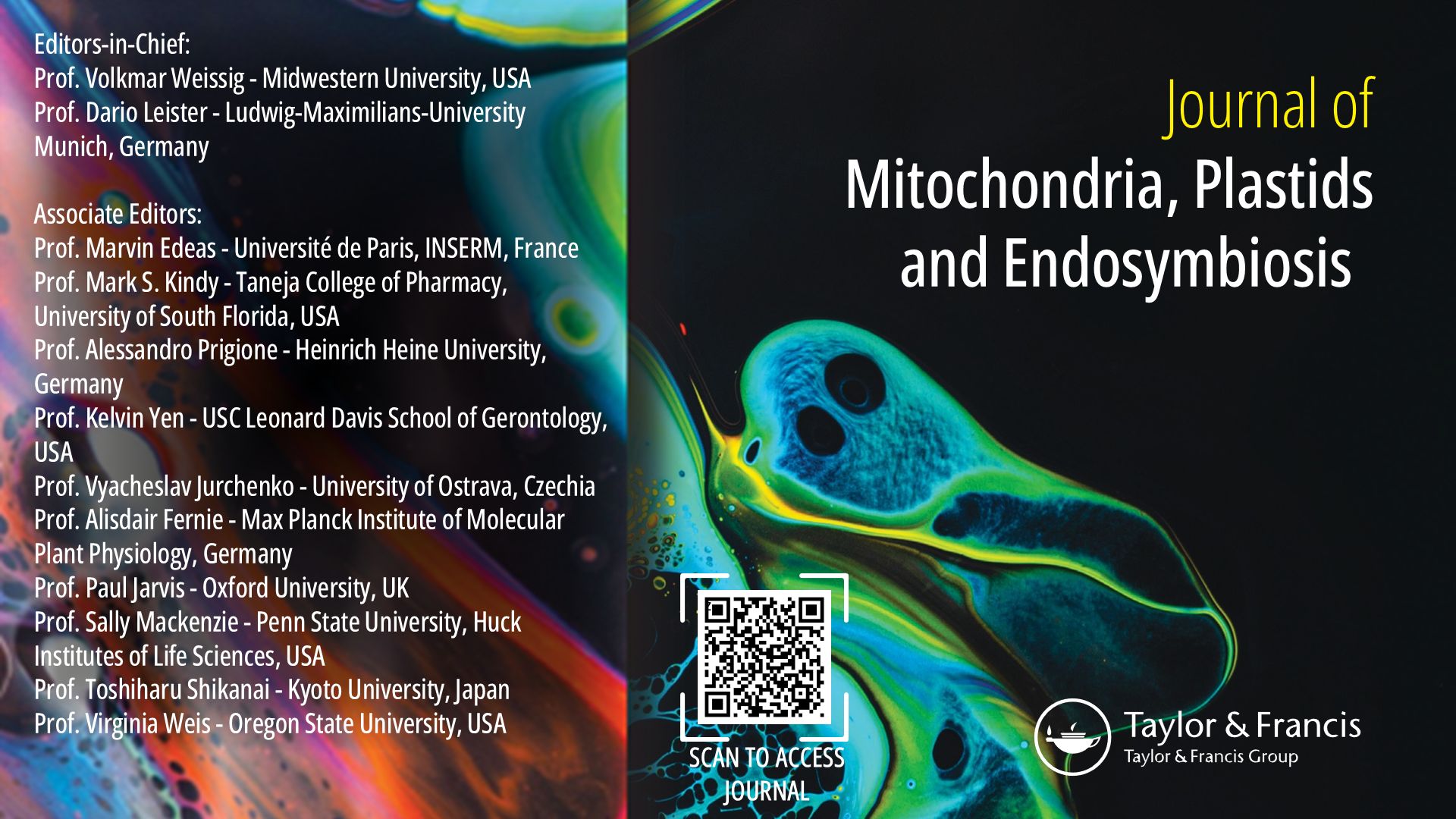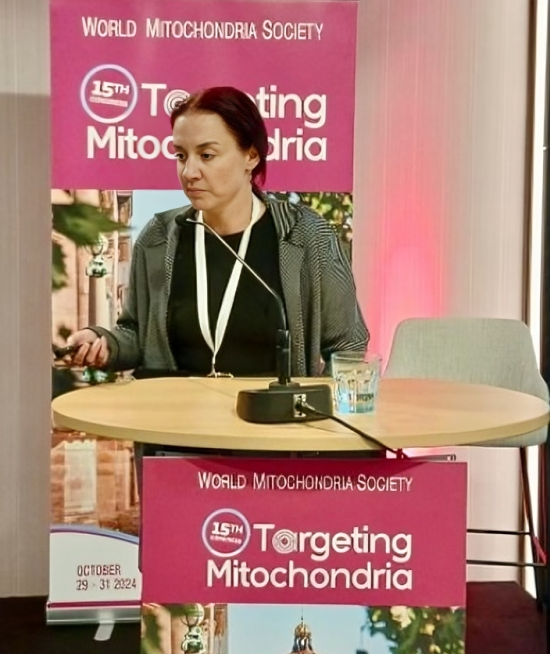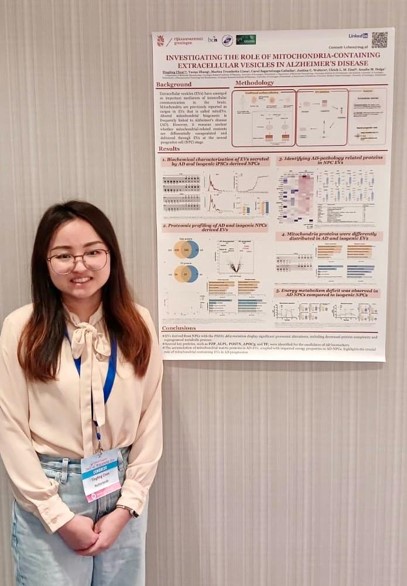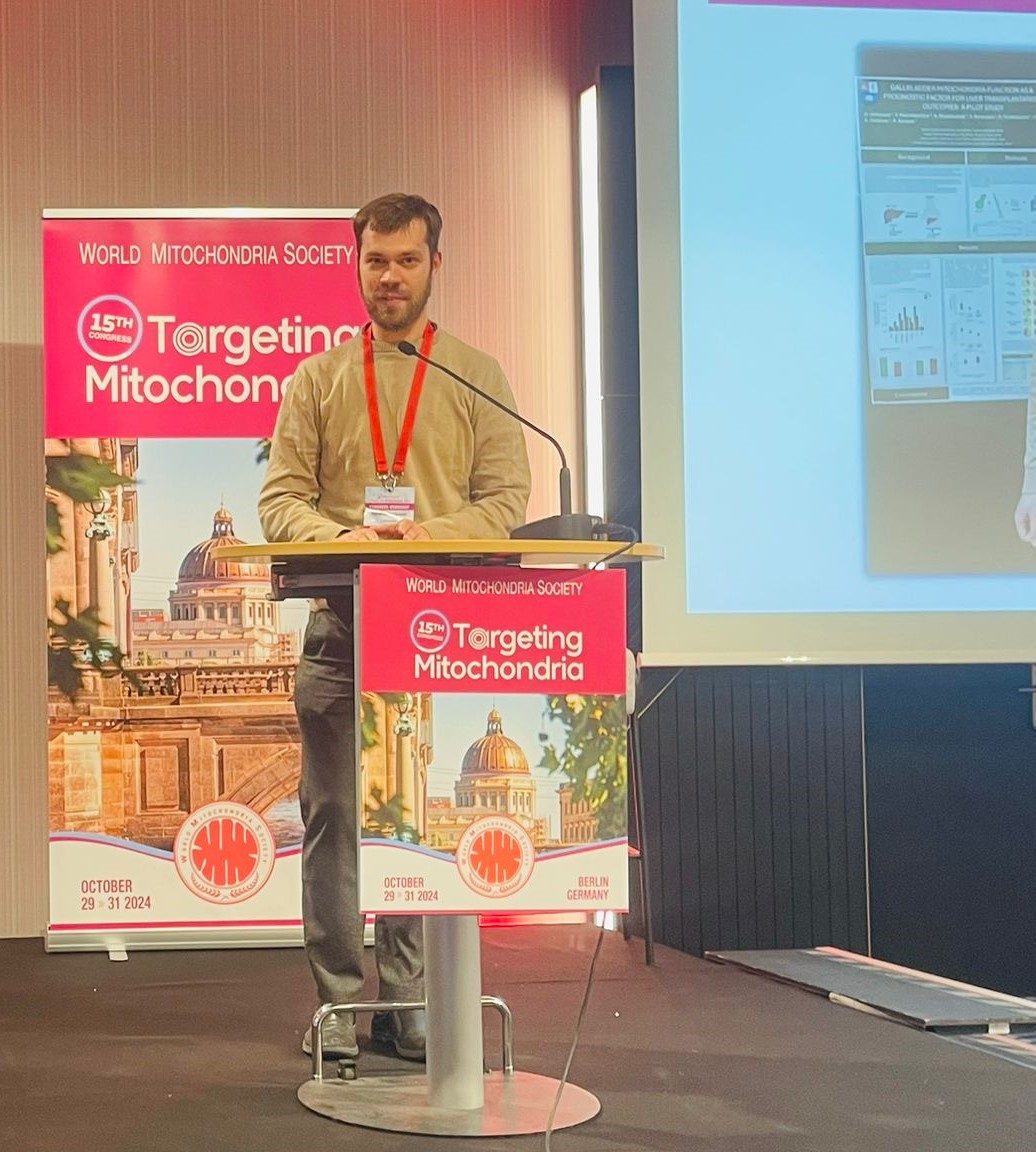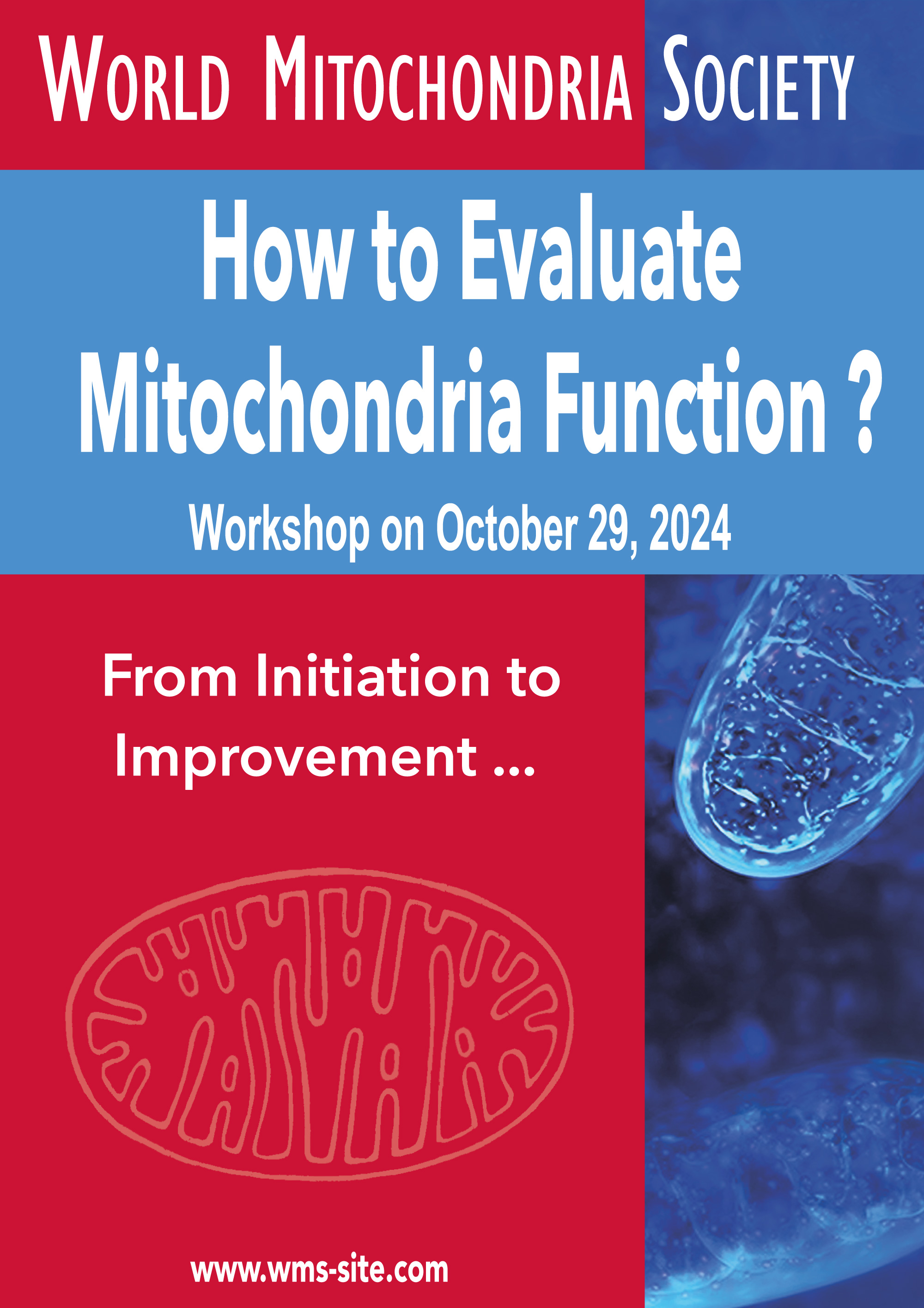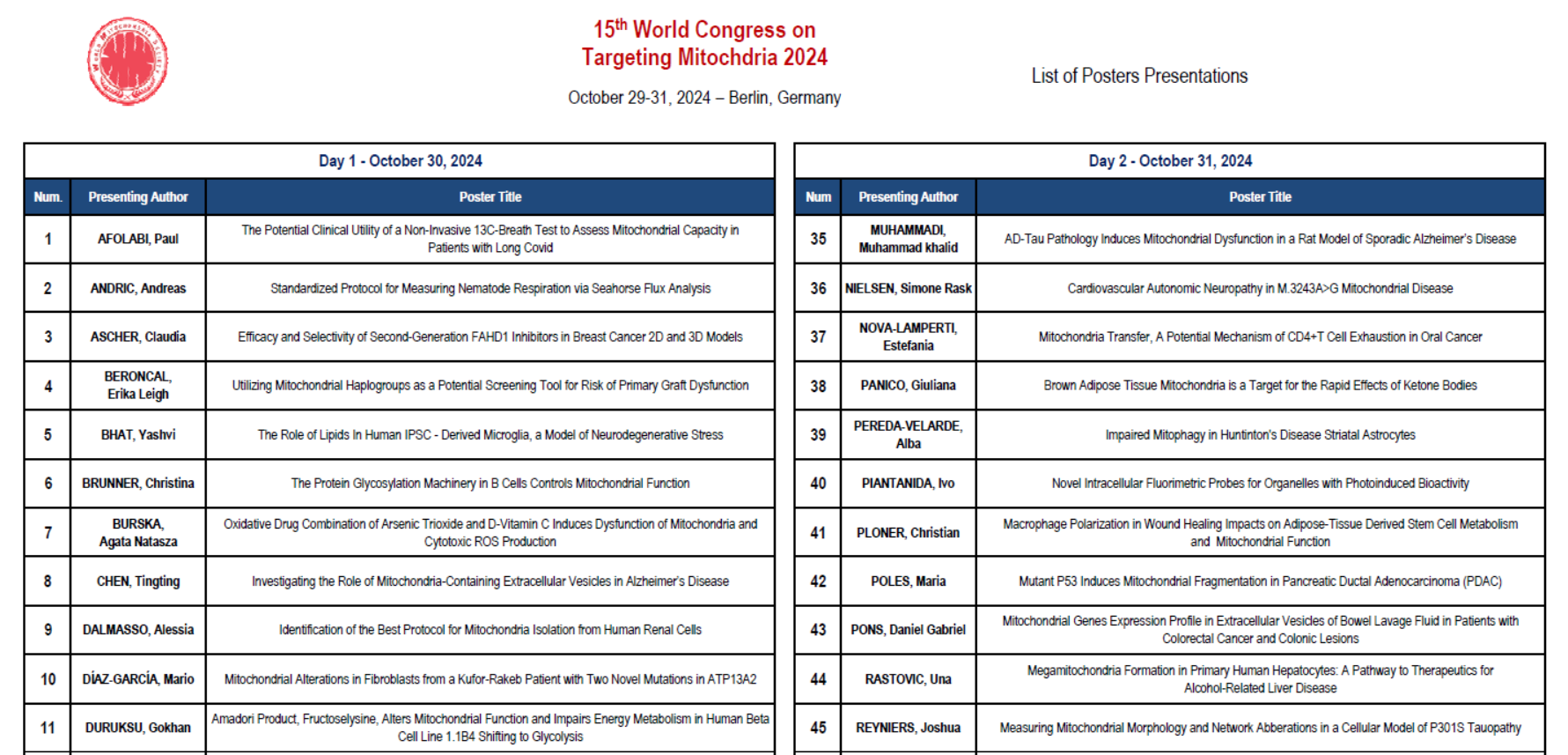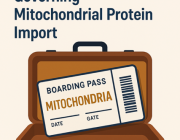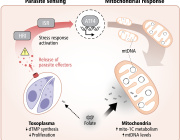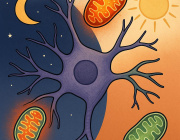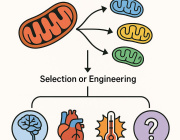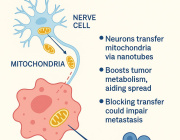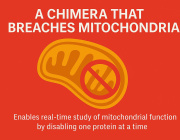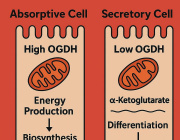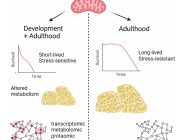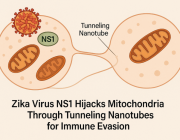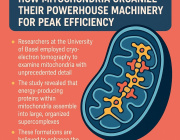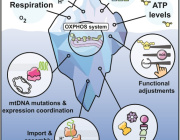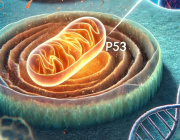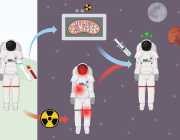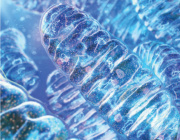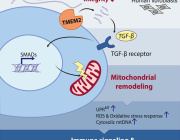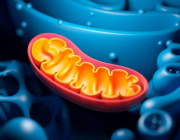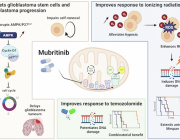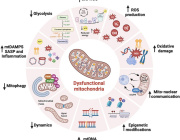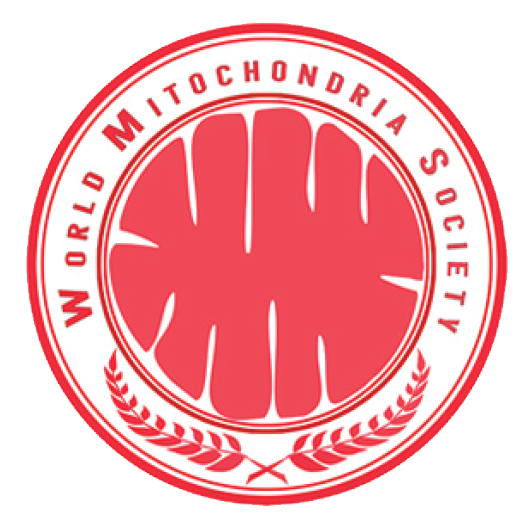10 Years on Ferroptosis Discovery: Potential in Disease Treatment
News Release, World Mitochondria Society, Berlin - Germany – February 20, 2023
A new journal article by Columbia professor Brent R. Stockwell marks the ten-year anniversary of the discovery of ferroptosis, a form of cell death that could help treat life-threatening illnesses like cancer.
The average person’s body replaces around 1% of its cells – roughly 330 billion of them – per day. Some cells, like the webbing between fetuses’ fingers and toes, which grows and then disappears before birth, die as a normal part of development. Other cells die of something much like old age; they’re simply programmed to turn out the lights once they’ve done their job. Far scarier than cell death is when cells that should die, don’t, and instead accumulate, causing problems like autoimmune conditions and cancer.
Ten years ago, a team of researchers at Columbia led by Professor Brent R. Stockwell announced a new discovery: A novel kind of cell death that they named “ferroptosis.” When cells undergo ferroptosis, their inner and outer membranes degrade, springing leaks that eventually cause the cell to die. A decade after that initial discovery, Professor Stockwell has released a journal article in Cell this month that assesses what researchers have discovered about ferroptosis in the last 10 years, and how their findings may help treat life-threatening illnesses like cancer and neurodegenerative disease.
“In the ten years since my lab identified its existence, ferroptosis has offered crucial new information on how cells function, and providing insights on how it can help treat disease,” Stockwell said. “We’re confident that over the next decade, ferroptosis will teach us even more.”
Scientists generally recognized three “classic” forms of cell death: Apoptosis, autophagic cell death, and necrosis. Apoptosis occurs naturally in various contexts, such as during fetal development and when cells program themselves to turn off once they’ve aged. In autophagy, damaged cells self-destruct, allowing healthier cells to incorporate their remaining viable material. Necrosis occurs when cells experience trauma, like being cut off from blood supply or infected by disease.
Each of these forms of cell death follows a pattern: In the case of apoptosis, for example, the cell and its nucleus shrink as the cell’s outer layer forms blisters known as blebs. Then, the nucleus collapses as the blisters continue to form. Eventually, the entire cell ruptures, breaking into smaller pieces that float through the bloodstream until they’re swept up by the body’s clean-up cells.
In 2001, while working in his lab, Professor Stockwell started to notice something new: In certain tumor cells treated with a novel chemical he identified, the cells were dying differently and in a manner that depended on their store of iron. Rather than following the patterns observed in apoptosis, these cells were being destroyed primarily because the lipids that form their outer membrane were disintegrating, as he later discovered. The well-known patterns of apoptosis (blebbing, a shrinking nucleus, and so on) didn’t apply. He later ruled out other known forms of cell death as well.
“When I first saw this in my lab, I couldn’t believe it; I had never seen cells die this way, and we knew the implications for the world would be enormous,” Stockwell said. It took 11 years from his initial observation in 2001 until he and his labmembers published their results in 2012, and named the new cell death ferroptosis.
Since 2012, Stockwell and other researchers around the world have conducted numerous studies to understand more about ferroptosis and how it works. They’ve demonstrated that ferroptosis occurs naturally across a range of species, helping execute normal processes that keep organisms running smoothly, like suppressing tumors, and regulating aging.
Researchers have discovered that ferroptosis also occurs in harmful contexts, killing healthy cells in patients with diseases like Parkinson’s, Alzheimer’s and Lou Gehrig’s disease. Ferroptosis can also be triggered by invasive pathogens: A 2021 study indicates that COVID-19 may activate ferroptosis, killing healthy cells during infection.
Though ferroptosis can be destructive, recent studies indicate that it could also be harnessed for good, and may eventually prove a vital tool for fighting disease. Both cancer and autoimmune conditions occur when cells that should die fail to do so. Intentionally inducing ferroptosis could counteract that process, killing cells that should die naturally.
Recent research into links between cancer and ferroptosis has proved particularly fruitful. Several studies conducted over the last several years have shown that deliberately inducing ferroptosis may help stop rampant cancer cell growth in a range of tissues, including lung and pancreas tissue. As scientists learn more, they’ll understand how to best harness ferroptosis to kill dangerous tumor cells in a targeted way.
“We’re so committed to this research because we can see its vast potential,” Stockwell said. “Over the next decade, we hope to unlock all of the life-saving possibilities we can from this discovery. This is a whole new area of of biology that we have unlocked, and we think it will continue to transform biology and medicine.”
Image Credit: Illustration by Nicoletta Barolini
Media contact:
World Mitochondria Society
This email address is being protected from spambots. You need JavaScript enabled to view it.
+33-1-5504-7755
Targeting Mitochondria 2023 Congress
October 11-13, 2023 - Berlin, Germany
wms-site.com



